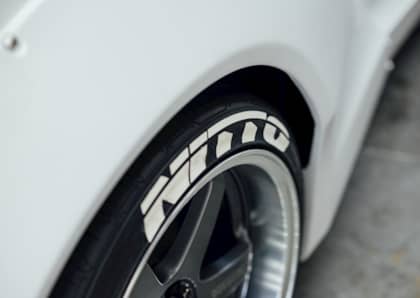Numbers Game: How To Understand The Information On Your Tire Sidewall

5. MANUFACTURE DATE & DOT CODE
CONSTRUCTION




WEATHER RATING

LOAD & SPEED


SIZING


MANUFACTURE DATE & DOT CODE












